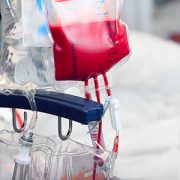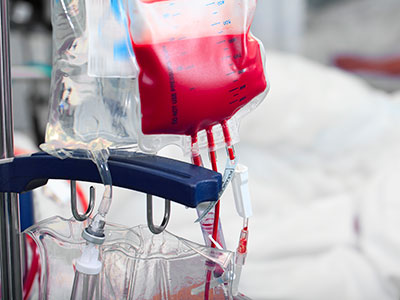Landmark CDC report finds easy, painless test decreases infant cardiac deaths by 33 percent

Stakeholders meeting at American College of Cardiology’s Heart House in February 2012 to discuss U.S. implementation and recommendation of pulse ox screening.
Congenital heart disease (CHD) is the most common birth defect, affecting approximately eight out of every 1,000 babies born in the United States. The most severe cases, critical congenital heart disease (CCHD), affect three in every 1,000 babies. Just a few years ago, many of these seemingly healthy infants were discharged from the hospital only to suffer severe complications, brain damage or even death due to their undiagnosed conditions.
In 2009, Children’s National Cardiologist and Medical Director of Global Services Gerard Martin, M.D., and the nursing staff within the Children’s National Heart Institute took on this challenge with peers around the country by urging legislators and educating clinicians that implementing a simple, painless test called pulse oximetry (ox) could identify infants who may suffer from undetected CCHD.
Today, 49 out of 50 states in the United States mandate pulse ox screening, which uses a small, red light, or “probe,” to measure the percent oxygen saturation of hemoglobin in the arterial blood. Use of pulse ox also is included in the Recommended Uniform Screening Panel (RUSP), endorsed by the Secretary of the U.S. Department of Health and Human Services.
This week, the Centers for Disease Control and Prevention released a report presenting definitive evidence that these efforts are saving lives. Published in JAMA, the report shows a 33 percent reduction in pediatric CCHD deaths from 2007 to 2013 in states with mandated pulse ox screening compared to states without screening policies. The study also found a 21 percent drop in infant deaths from other or unspecified cardiac causes in those states. Applying the data to the United States as a whole, this equates to preventing the deaths of 120 newborns each year.
“This is a landmark moment for the countless parents, clinicians, industry partners, legislators and many others who fought tirelessly to have this lifesaving screening added to the routine panel of tests every child receives before they leave the hospital,” says Dr. Martin. “We now have concrete, measurable evidence that their efforts are saving lives.”
Physicians and staff at Children’s National and Holy Cross Hospital in Silver Spring, Md., began their campaign by initiating a research study to examine the feasibility of implementing pulse ox screening for CCHD in a community hospital setting. Their findings not only showed it was possible, but it also only required approximately 3.5 minutes per baby, and it could be integrated into existing workflow without adding additional nursing staff.

Children’s National leaders join with Governor Martin O’Malley and Maryland legislators for the signing of SB 786 and HB 714, mandating pulse oximetry screening across the state on May 19, 2011.
The findings also led to the development of an educational toolkit – now available in English, Spanish, Arabic, French, Chinese and Russian – which Dr. Martin and the Children’s National Heart Institute’s nursing staff have used to teach upwards of 3,000 hospitals, globally, how to implement the screening. Children’s National, in partnership with Baby’s First Test, also released two videos for parents and clinicians respectively, to forward knowledge about pulse ox.
Simultaneously, the Children’s National team worked as national and local advocacy leaders. Dr. Martin served as part of the federal Advisory Committee on Heritable Disorders in Newborns and Children that issued national recommendations to add screening for congenital heart disease to RUSP in 2011. The team also spearheaded efforts that led to the passage of legislative mandates and helped to implement screening for all newborns in Maryland, Virginia and Washington, D.C.
“When we started this work nearly a decade ago, I’d meet so many moms who were crying because they had lost their child to critical congenital heart disease. Now, we meet moms who are crying because their baby’s condition has been found and their life has been saved,” says Dr. Martin. “This report shines a light on so many heroes–the parents who spoke up, the members of the federal advisory committee, the nurses and clinicians who learned and taught others how to implement the screening. Today is a victory for all of us.”
Dr. Martin hopes this announcement will prompt Idaho, the only state that has not adopted universal CCHD screening, to take action. He also says health leaders need to continue to invest in smarter technology and testing capabilities, as well as advance training and education for more thorough prenatal ultrasounds, so that every baby with CCHD is found early and receives lifesaving care.




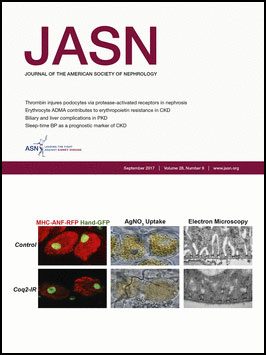
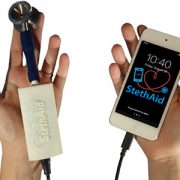
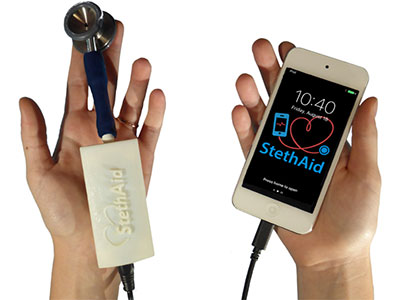

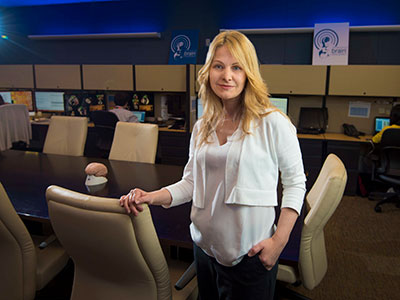











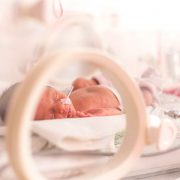

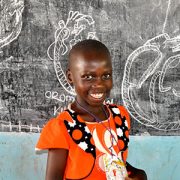
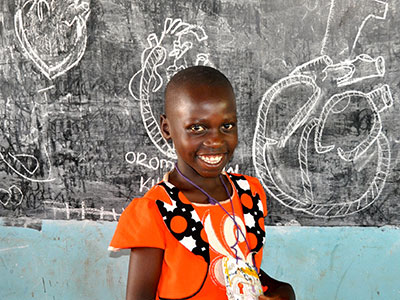






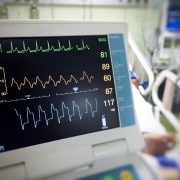
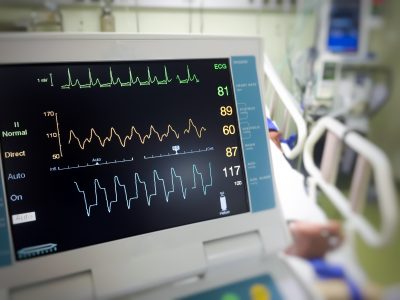



 Dr. Yerebakan comes to Children’s National from the prestigious Pediatric Heart Center in Giessen, Germany, where he was appointed as an Associate Professor of Cardiac Surgery at the Justus-Liebig-University and performed hybrid treatment of hypoplastic left heart syndrome (HLHS). He was deeply involved in mechanical circulatory support and pediatric heart transplantation in Giessen – a leading center for pediatric heart transplantation in Europe. He also served as Chief of Clinical and Experimental Research in the Department of Congenital Cardiac Surgery at Justus-Liebig-University of Giessen, where he acquired several research grants and contributed to more than 20 abstract presentations at national and international meetings and 20 papers in peer-reviewed journals. . Dr. Yerebakan has published approximately 70 scientific papers with more than 160 impact points in three different languages. He is an active reviewer for journals such as the Journal of Thoracic and Cardiovascular Surgery, European Journal of Cardiothoracic Surgery and serves as assistant editor of the Interactive Cardiovascular and Thoracic Surgery journal and Multimedia Manual Cardiothoracic Surgery journal, both of which are official journals of the European Association of Cardiothoracic Surgery. He has had a distinguished academic career and is internationally recognized for his contributions to the field of congenital cardiac surgery, particularly in the treatment of HLHS and novel surgical treatments for heart failure in the pediatric population. Prior to his tenure at Pediatric Heart Center, Dr. Yerebakan completed his fellowship at Children’s in 2011.
Dr. Yerebakan comes to Children’s National from the prestigious Pediatric Heart Center in Giessen, Germany, where he was appointed as an Associate Professor of Cardiac Surgery at the Justus-Liebig-University and performed hybrid treatment of hypoplastic left heart syndrome (HLHS). He was deeply involved in mechanical circulatory support and pediatric heart transplantation in Giessen – a leading center for pediatric heart transplantation in Europe. He also served as Chief of Clinical and Experimental Research in the Department of Congenital Cardiac Surgery at Justus-Liebig-University of Giessen, where he acquired several research grants and contributed to more than 20 abstract presentations at national and international meetings and 20 papers in peer-reviewed journals. . Dr. Yerebakan has published approximately 70 scientific papers with more than 160 impact points in three different languages. He is an active reviewer for journals such as the Journal of Thoracic and Cardiovascular Surgery, European Journal of Cardiothoracic Surgery and serves as assistant editor of the Interactive Cardiovascular and Thoracic Surgery journal and Multimedia Manual Cardiothoracic Surgery journal, both of which are official journals of the European Association of Cardiothoracic Surgery. He has had a distinguished academic career and is internationally recognized for his contributions to the field of congenital cardiac surgery, particularly in the treatment of HLHS and novel surgical treatments for heart failure in the pediatric population. Prior to his tenure at Pediatric Heart Center, Dr. Yerebakan completed his fellowship at Children’s in 2011. Dr. Ramakrishnan joined Children’s National as a fellow in 2014 after completing his fellowship in congenital cardiac surgery at two major centers in Australia. After his two-year fellowship at Children’s, he joined the faculty. Dr. Ramakrishnan has extensive experience in managing children with congenital heart disease. Apart from routine open heart procedures, he has a special expertise in extracorporeal membrane oxygenation (ECMO) procedures and patent ductus arteriosus (PDA) ligation in extremely premature babies. He also has a keen interest in studying clinical outcomes after pediatric heart surgery. His research projects have included analysis of the United Network of Organ Sharing (UNOS) and the Pediatric Health Information System® (PHIS) databases, and his research has resulted in numerous presentations at national and international meetings. Dr. Ramakrishnan is currently the principal investigator at Children’s National for the Pediatric Heart Transplant Study (PHTS) group and the study coordinator for the Congenital Heart Surgeons’ Society (CHSS) studies. He also is a member of the PHTS working group on the surveillance and diagnosis of cellular rejection, and his clinical studies have resulted in several publications in top peer-reviewed journals.
Dr. Ramakrishnan joined Children’s National as a fellow in 2014 after completing his fellowship in congenital cardiac surgery at two major centers in Australia. After his two-year fellowship at Children’s, he joined the faculty. Dr. Ramakrishnan has extensive experience in managing children with congenital heart disease. Apart from routine open heart procedures, he has a special expertise in extracorporeal membrane oxygenation (ECMO) procedures and patent ductus arteriosus (PDA) ligation in extremely premature babies. He also has a keen interest in studying clinical outcomes after pediatric heart surgery. His research projects have included analysis of the United Network of Organ Sharing (UNOS) and the Pediatric Health Information System® (PHIS) databases, and his research has resulted in numerous presentations at national and international meetings. Dr. Ramakrishnan is currently the principal investigator at Children’s National for the Pediatric Heart Transplant Study (PHTS) group and the study coordinator for the Congenital Heart Surgeons’ Society (CHSS) studies. He also is a member of the PHTS working group on the surveillance and diagnosis of cellular rejection, and his clinical studies have resulted in several publications in top peer-reviewed journals.